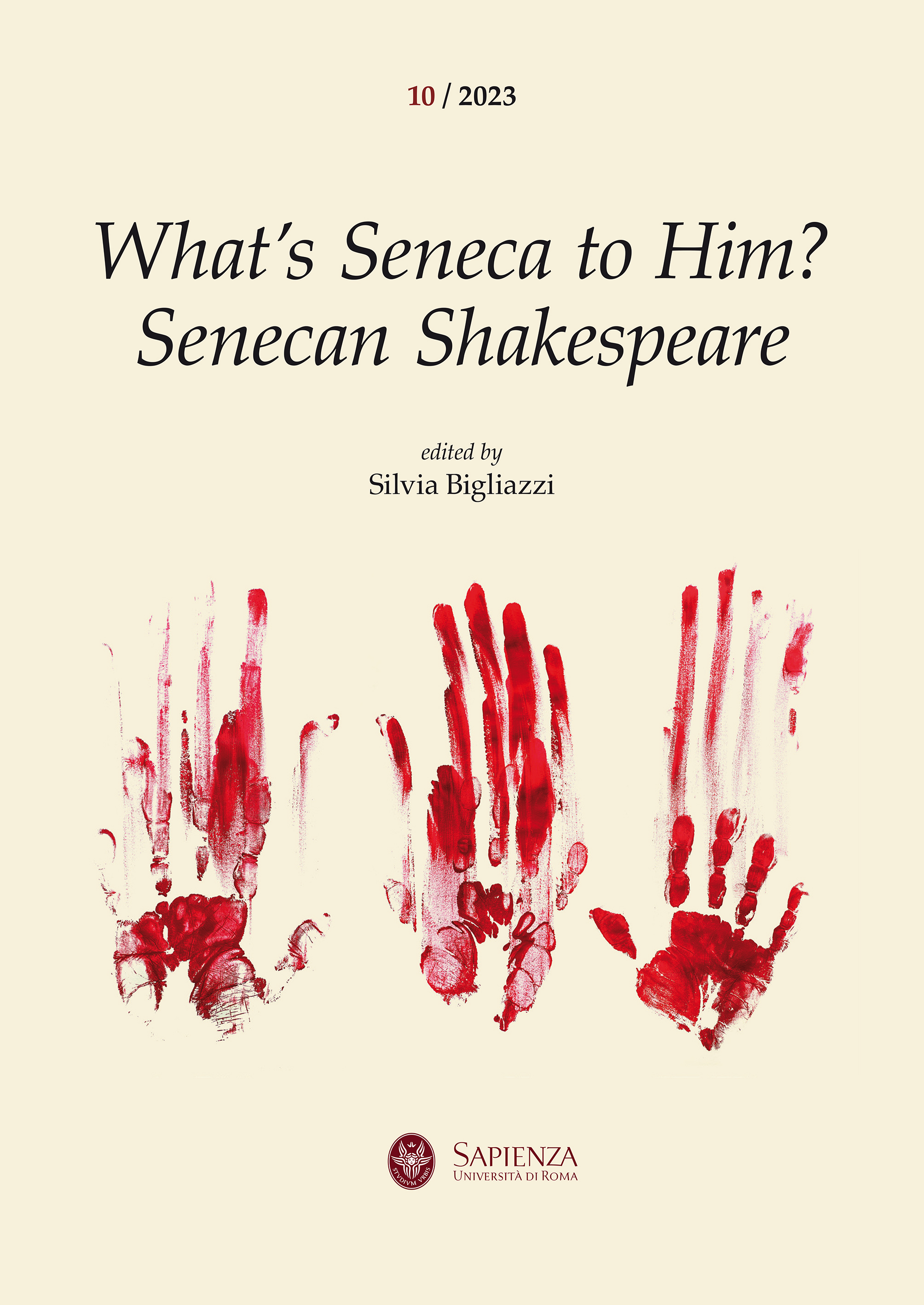Shakespeare and the English Seneca in Print: Collections, Authorship, Collaboration, and Pedagogies of Play-Reading
DOI:
https://doi.org/10.13133/2283-8759/18612Keywords:
Elizabethan translations, Book history, Authorship, Play reading, ParatextsAbstract
Despite the abundance of scholarship debating Seneca’s influence on Shakespeare, there is no corresponding research on how Seneca’s print transmission informed Shakespeare’s books in print. This essay begins to address this critical gap by turning to two of the earliest multi-play collections printed in England that were devoted exclusively to English plays: Seneca His Tenne Tragedies (1581) and Shakespeare’s First Folio (1623). Of these two collections, Shakespeare’s has received far more critical attention as a book, but when the volumes are juxtaposed, their affinities are striking. Both play collections share a number of analogous organizational, paratextual, and typographic features that helped coalesce the authorial identities of an “English Seneca” and an original “Shakespeare”, respectively. Both collections bear the traces of their producers’ negotiations over the authenticity of the collected texts, the extent of their collaborative production, and the lessons they claimed to teach to early modern English readers. Although the Tenne Tragedies was not a direct bibliographical source for the First Folio, the English Seneca collection may have paved the way for the invention of Shakespeare as “Author” and the consumption of his now-famous First Folio.


